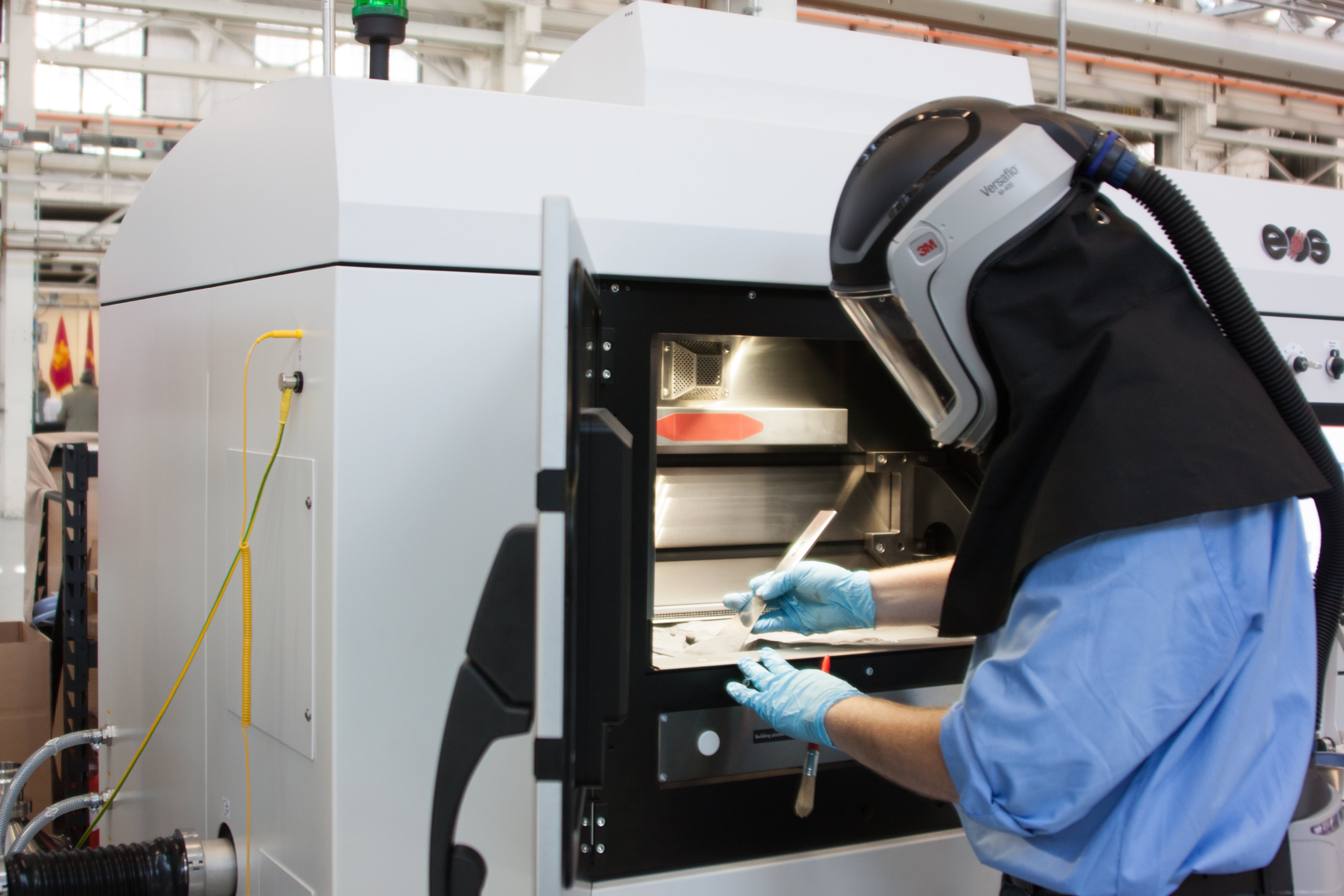Researchers at the University of California, Davis are developing an ultra-low-power sensor technology that promises to meet the Department of Defense's long-standing need for persistent, event-driven sensing capabilities.![636029783319383992-LOWP1.jpg [image : 86606598]](http://cdn.tegna-tv.com/media/2016/07/01/C4ISR/C4ISR/636029783319383992-LOWP1.jpg)
DARPA's N-ZERO program aims to allow physical, electromagnetic and other types of sensors to remain dormant, consuming nearly zero battery power until awakened by an external trigger or stimulus.
Current generation Most sensors rely on active electronics to monitor the environment for an external trigger, which consumesing power continuously and limitsing the sensor operating lifetime to weeks, days or less. By waking an electronic circuit only upon the detection of a specific trigger signature, the N-ZERO program research now underway at UC Davis plans to extend the lifetime of remotely deployed communications and environmental sensors to years.
The initial program goal is to develop sensors that run on near-zero power, and produceing a wake-up signal when a particular signature is detected, such as a car or truck driving by, or a generator being switched on. "The vision for the program is that you could take a little sensor, running on a coin cell, and when you arrive somewhere you could take a handful of these things and toss them around every 100 feet or so," said research team leader David A. Horsley, a UC Davis professor in the school's Department of Mechanical and Aerospace Engineering. "So when you set these things in a perimeter, and they're just sitting there happily, and a truck or car drives by, the sensor detects it and lets you know that that an event happened." Horsley said the sensors are "kind of like having the ultimate geophone, where you're sensing for earthquakes, sensing vibrations in the earth."
Besides Horsley, the N-ZERO research team includes two other engineering professors — Rajeevan Amirtharajah and Xiaoguang Leo Liu — along with a post-doctoral engineering researcher, Jeronimo Segovia-Fernandez.
Working under a $1.8 million DARPA grant awarded last year, Horsley's group has teamed with InvenSense, a San Jose, California, company that specializes in smartphone motion sensors, such as gyros and accelerometers. "DARPA likes to have technology that can be translated into a practical application," Horsley said. "One strength of our program is that we're working directly with a high-volume manufacturer, so the chips we are designing are being made at a production facility and can be rapidly transitioned to production for DoD use at the end of the program."
The new technology promises a significant improvement in sensor operating life. Existing low-power smartphone sensors, such as the type used in smart phones, require about 10 milliwatts, approximately a million times more power than the sensors being developed by Horsley’s team. "We have sensors that we’re testing now that are running at below 10 nanowatts," Horsley he said.
The project, which got underway late last year, is currently in the initial stage of a three-phase program. Each phase will run approximately 12 months. "At the end of Phase One, which will be coming up toward the end of this year, we're going to deliver the hardware," Horsley said. "We have a very-low-power acceleration sensor and a microphone that we're going to deliver to the government, and they're going to have this independently evaluated at Lincoln Lab at MIT."
To successfully complete Phase One, the researchers will need to prove that the new technology can quickly recognize the presence of a car or truck as soon as it is switched on within a local, quiet environment. "But we don't have to be able to distinguish between any of those vehicles," Horsley noted. "In Phase Two, however, we will have to be able to say, 'This was a truck' or 'This was a car.'"
Horsley believes that in the not-too-distant future an ultra-low-powered remote sensor could be triggered by events other than ground noise. One could, for example, have a microphone that's on all the time listening for a specific keyword. "So one vision for this technology is that ... you wouldn't have to fire up a processor, like an applications processor, or get connected to the cloud to be able to have it do keyword recognition," Horsley said. "That's pretty far from where we are now, but it certainly seems like we're in the right direction to get there."








